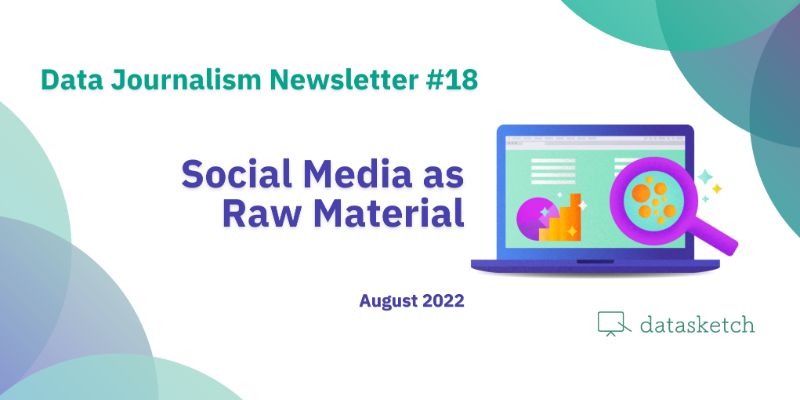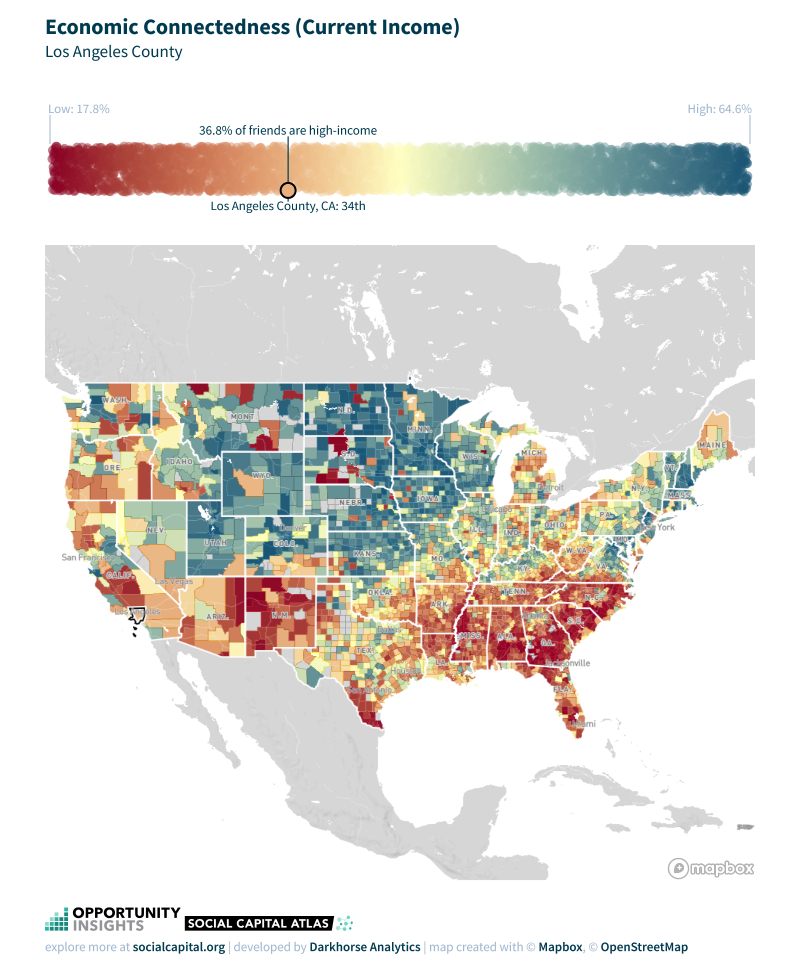Social Media as Raw Material - Data Journalism #18
Evidence of human rights violations and end-of-poverty analysis through friendship are possible uses of social media data.
Available in:

This issue presents possible uses of social network data, such as highlighting human rights violations and analyzing ways to end poverty. It also exposes the privacy risks of data collected by vehicle applications.
Defending Human Rights with OSINT
The organization Bellingcat trains journalists to investigate human rights violations through geolocation, verification, and mining data available on social networks. Eliot Higgins is its founder. They use the “Open Source INTelligence” or “OSINT” technique.
Analyzing social network data allows for identifying relevant information, such as when and places where violations occur. Thus, in 2014 Bellingcat proved, with evidence, the authorship of the downing of the Malaysian Airlines flight in Ukraine and has had other results that are reviewed in this CBS News interview.
This type of research can present ethical and moral conflicts. That is why, in 2020, the Berkeley Protocol was created, providing methodological guidance for using social networks in open source digital research.
Your Car is Selling your Data
The Markup identified 37 companies, which you’ve probably never heard of, that obtain and monetize data from Internet-enabled vehicles and their drivers because of the few regulations governing their sale or use. The data includes music listened to through streaming platforms, routines, or vital signs obtained via wearable tech connected to the vehicle.
The media alerts about the risks to users' privacy, who do not know who manages their information.
Friendship: the Key to Reducing Poverty
A study found that friendship between rich and poor people makes it easier to end poverty in U.S. communities. The researchers analyzed data from 72.2 million active Facebook users in three areas of social capital: economic connection, cohesion, and civic engagement. They evidence how this type of data helps understand any region’s economic development.
Media outlets such as The New York Times and The Economist and the researchers opted for exploration-enabling graphics to communicate the results.

Source: The Social Capital Atlas
5 Resources on the Radar
- 🎙 Podcast with Danielle Alberti, Data Visualization Editor at Axios | PolicyViz
- 🔎 The Claim Review Project: a label system to verify data | Duke Reporters’ Lab
- 🥶 Global South Climate Database | Reuters Institute
- 🌄 This year, the Ecological Debt Day fell on July 28th | Earth Overshoot Day
- 🔭 See how NASA’s new rover will explore the red planet | National Geographic




